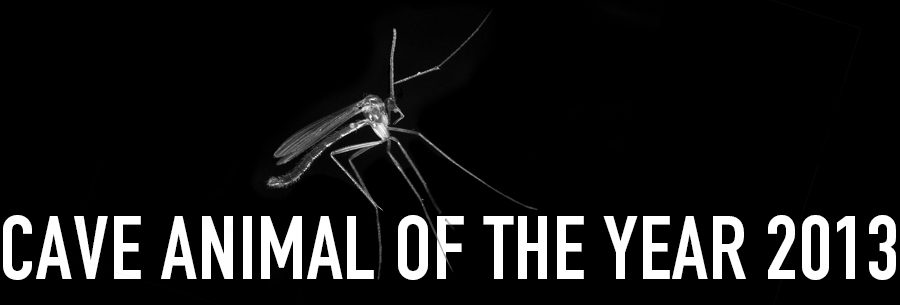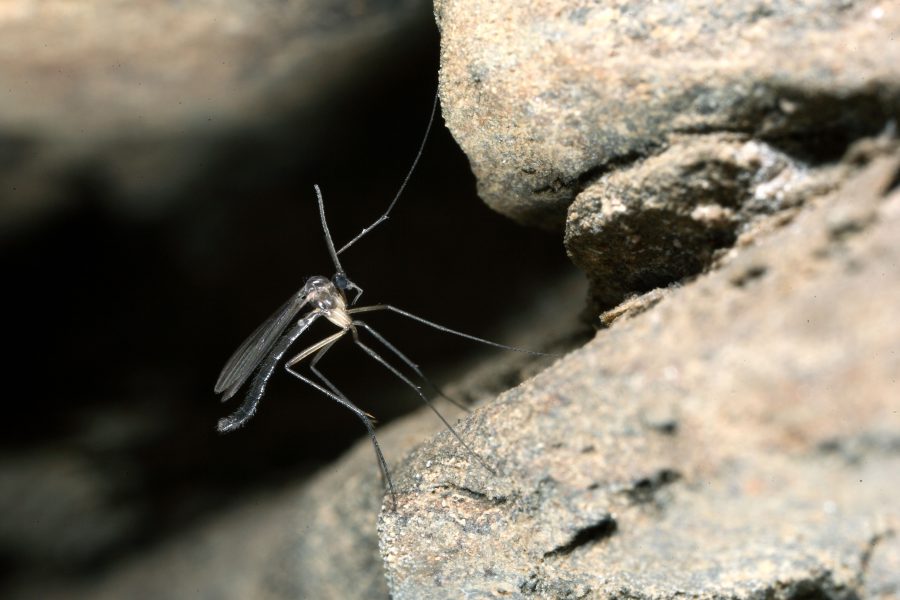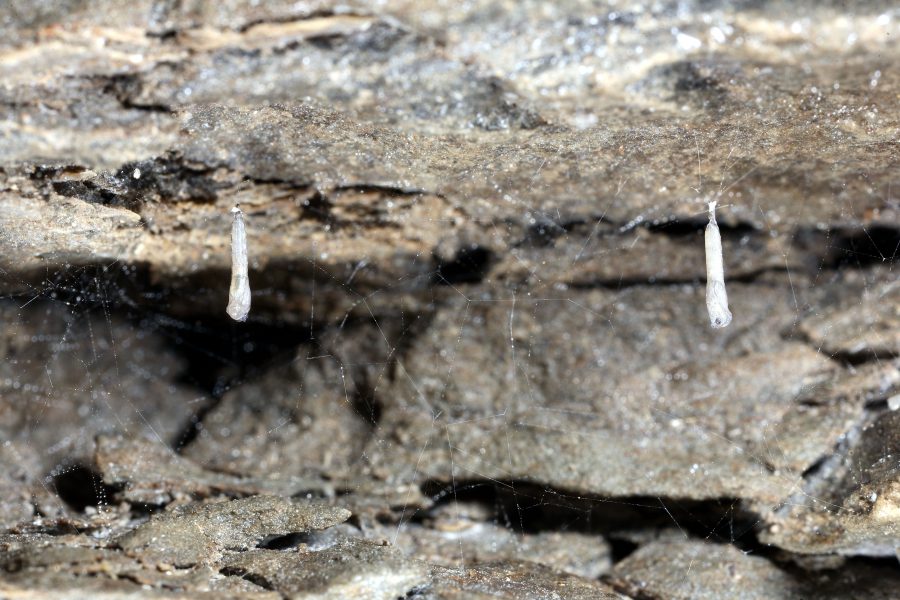
Cave Fungus Gnat - Cave Animal of the Year 2013
Introduction
The Cave Fungus Gnat (Speolepta leptogaster) was first described in 1863 by the German naturalist Johannes Winnertz. At this time, only two specimens of this species were known, which may be explained by its secretive lifestyle. The animals are living all year round in natural caves, mines and rock cellars. For this reason, the Cave Fungus Gnat has been chosen as the Cave Animal of the Year 2013.
This dipter represents a large number of species, which are depending on caves as sheltered and frost-free refuges. The Verband der deutschen Höhlen- und Karstforscher e.V. (German Speleological Society) has chosen the Cave Animal of the Year to point out the immense deficiencies in the research of subterranean ecosystems and their associated faunas.
Description
Fungus gnats belong to the insect order of Diptera (two-winged insects). Almost 250 species of the fungus gnats occurring in the Western Palaearctic have been found in caves or artificial cavities. Little is known about the life history of single species. Even though fungus gnats are occurring in high species numbers in their preferred habitats - torrents, swampy, bush-lined spots, shady forest roads, Hohlwegen, cavities between tree roots, moss-covered rock areas, and similar biotopes with a high humidity - they are rarely seen by the casual observer, since neither their colouring nor their size are very prominent.
The Cave Fungus Gnat Speolepta leptogaster concludes its whole life cycle from egg via larva and pupa to the adult insect, within the caves, The larva is 5 to 6 mm long and usually sits at the wall of the caves in a net equipped with sticky droplets, orientating itself through mucus-covered treads. Other species of net-building fungus gnats are only known from caves in Southeast Asia, New Zealand and Australia. Therefore, within Europa, even the larvae can be assigned with certainty to this species. The pupa is usually hanging outside of its larval net, the adult are also flying outside of the cave, but are rarely found. Copulation of the adult fungus gnats again takes place in the darkness of caves.
Distribution
The Cave Fungus Gnat Speolepta leptogaster inhabits subterranean cavities in the whole Palaearctic. In Central Europa, the fungus gnat is found mainly in mountainous areas, especially in the large karst areas like the Swabian or Frankonian Alps. Old mining areas with abandoned tunnel systems also seem to offer a perfect habitat for all development stages of the fungus gnat.




